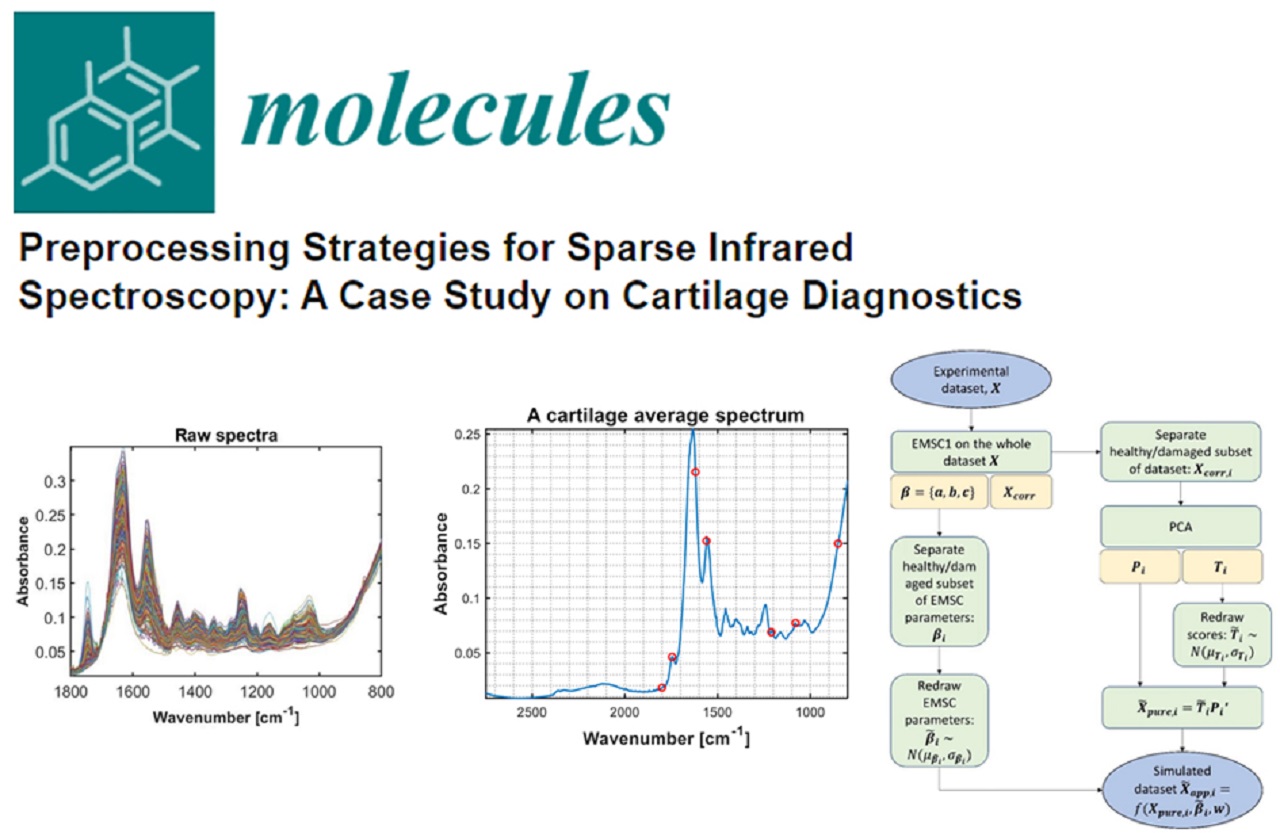The University of Ulm is collaborating with art photonics, nanoplus and OptoPrecision within the MIRACLE project to develop and optimise the first operational prototype of the mid-infrared (MIR) arthroscopy device.
The aim of the MIRACLE project is to develop an osteoarthritis ‘scanner’ that allows objective and quantitative evaluation of joint tissue properties via infrared spectroscopic evaluation during arthroscopic surgery. The new sensor is based on a series of quantum cascade lasers, an integrated beam combiner, infrared optical fibres, and a sensing element that operates in the mid-infrared range enabling in-vivo spectroscopy and analysis of cartilage tissue. An easy-to-use, label-free, and quantitative method for examining the biochemical composition or biomechanical constitution of articular cartilage during arthroscopy surgery would be of great value in assisting orthopaedic surgeons in the diagnosis of osteoarthritis, facilitating intraoperative decision-making, and improving patients’ prospects as well as their therapeutic treatments.
Compared with test results of the first prototype from spring 2020, satisfactory tests were done in winter 2020 with the second prototype. Significant progress has been made regarding the signal-to-noise-ratio, which now provides more useful information (i.e., higher signals) vs. unwanted data (i.e., noise). However, remaining work is needed to deploy the prototype in clinical experiments. If further optimisation proceeds as planned, the first tests with human cadaver samples or veterinary in-vivo studies could be possible during spring 2021.


